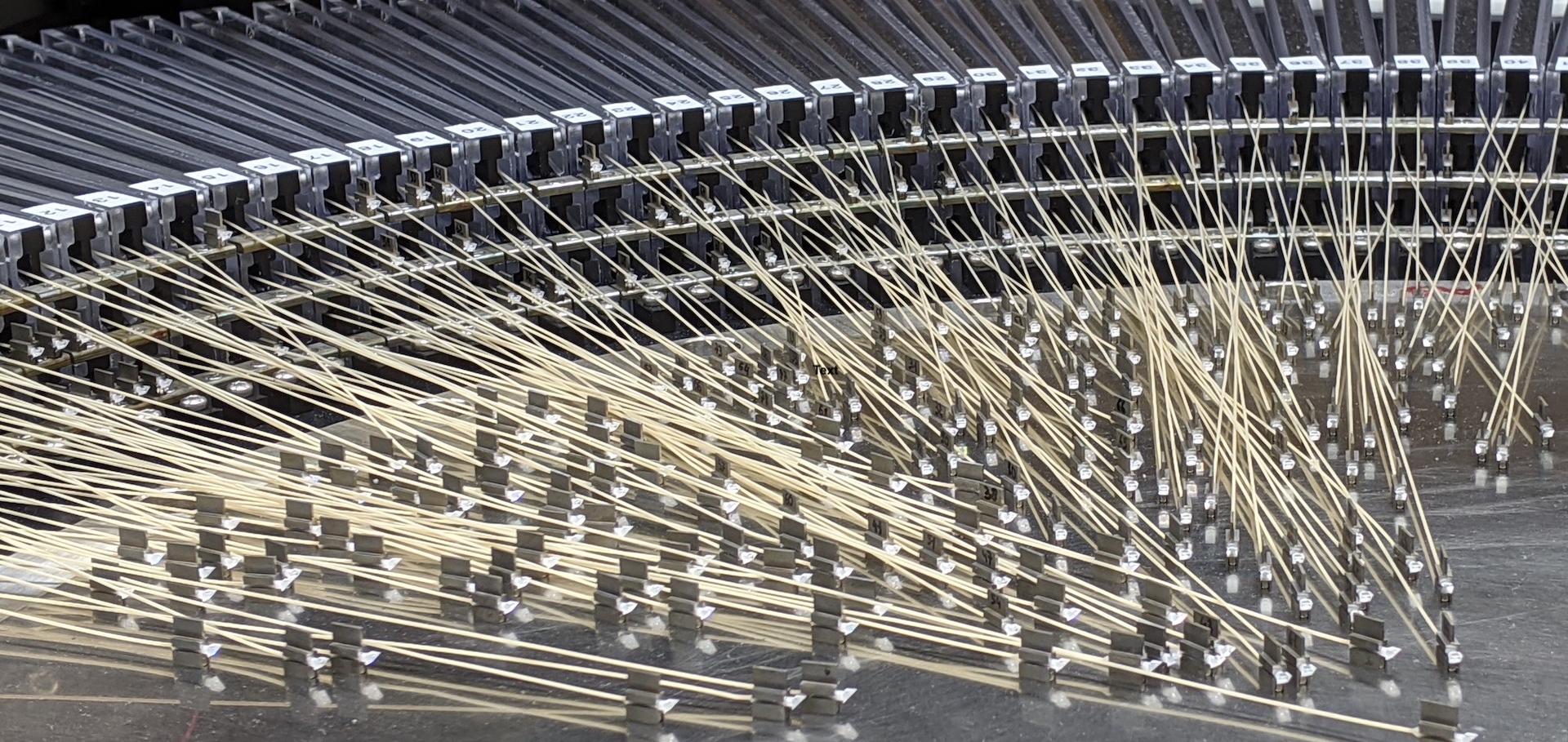The hetdex pilot survey. IV. the evolution of [O II ] emitting galaxies from z ∼ 0.5 to z ∼ 0
Astrophysical Journal 769:1 (2013)
Abstract:
We present an analysis of the luminosities and equivalent widths of the 284 z < 0.56 [O II]-emitting galaxies found in the 169 arcmin2 pilot survey for the Hobby-Eberly Telescope Dark Energy Experiment (HETDEX). By combining emission-line fluxes obtained from the Mitchell spectrograph on the McDonald 2.7 m telescope with deep broadband photometry from archival data, we derive each galaxy's dereddened [O II] λ3727 luminosity and calculate its total star formation rate. We show that over the last ∼5 Gyr of cosmic time, there has been substantial evolution in the [O II] emission-line luminosity function, with L* decreasing by ∼0.6 ± 0.2 dex in the observed function, and by ∼0.9 ± 0.2 dex in the dereddened relation. Accompanying this decline is a significant shift in the distribution of [O II] equivalent widths, with the fraction of high equivalent-width emitters declining dramatically with time. Overall, the data imply that the relative intensity of star formation within galaxies has decreased over the past ∼5 Gyr, and that the star formation rate density of the universe has declined by a factor of ∼2.5 between z ∼ 0.5 and z ∼ 0. These observations represent the first [O II]-based star formation rate density measurements in this redshift range, and foreshadow the advancements which will be generated by the main HETDEX survey. © 2013. The American Astronomical Society. All rights reserved.Evolution of Star Formation in the UKIDSS Ultra Deep Survey Field - I. Luminosity Functions and Cosmic Star Formation Rate out to z=1.6
(2013)
The HETDEX Pilot Survey. IV. The Evolution of [O II] Emitting Galaxies from z ~ 0.5 to z ~ 0
(2013)
HiZELS: The High Redshift Emission Line Survey with UKIRT
Springer Netherlands (2013) 235-250


